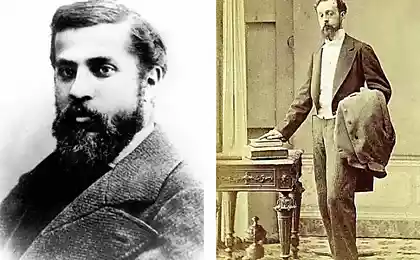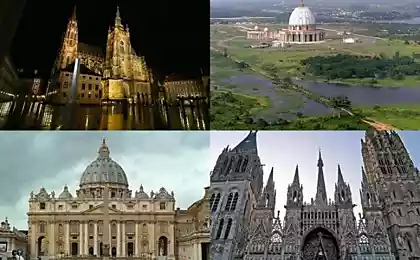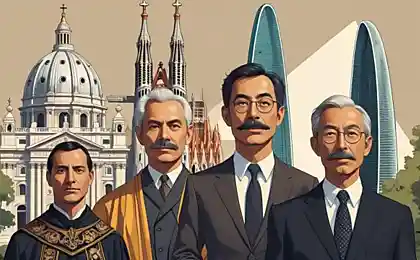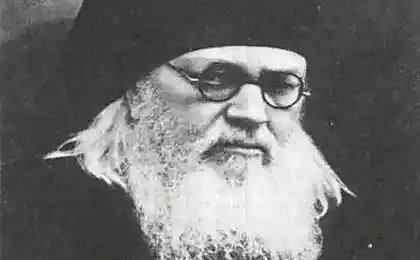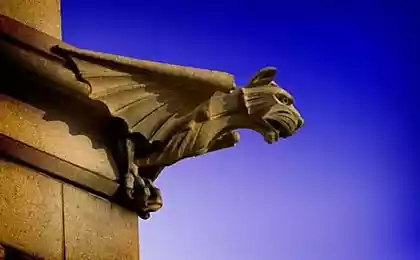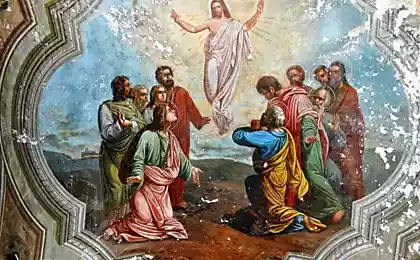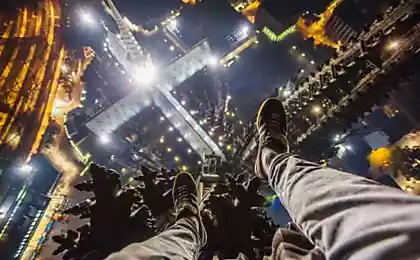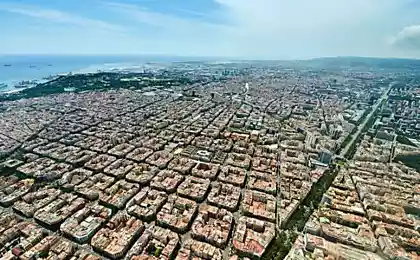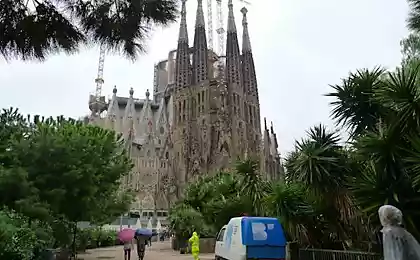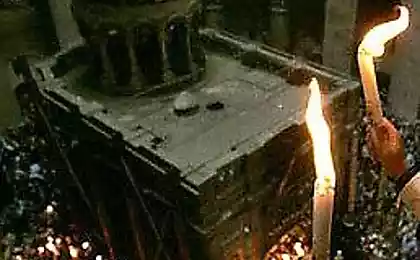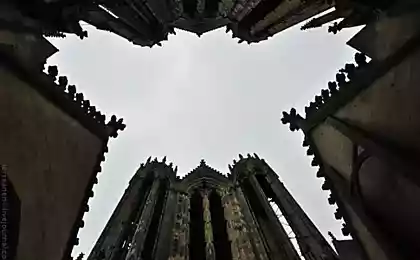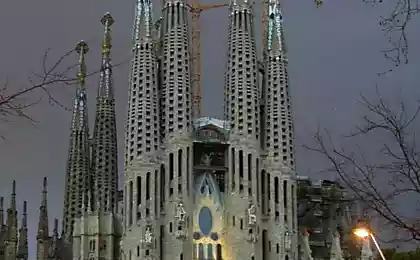1414
The legacy of Gaudí. Sagrada Familia.
Barcelona. Sagrada Familia.
Sagrada Familia (1882 -?). Shrine of the Holy Family (Sagrada Familia) was the idea of a librarian Jose Maria Bokabelya, religious man, who in 1866 created the Association of Theological San Jose. This Association was aimed at reviving and strengthening the Catholic Church at a time when there was a threat of extinction of the Christian faith, by the industrial and social progress.
In 1872, Jose Maria Bokabelya had the idea to create a global Catholic church, as if in revenge industrial development. Further, since 1876, he started looking for a place to realize their ideas. In this project wanted to invest Duchesse de Almenara Alta, but she died, and before he could realize his spiritual impulse. From this point other than the seat and had to find another sponsor, in modern language.
I must say that the means of association were pretty scarce and not allowed to carry out this project. In 1877, the architect Francisco de Paula del Villar agreed to implement this idea for free. His idea was entirely Gothic Revival: the Church must consist of three towers, and itself - is built on a circular basis, for the sonorous echo.
March 19, 1882 was laid the first stone. Officially Gaudi was to manage the project March 18, 1883. A friend of Gaudí Gaudí project Martorell considered too expensive, and he sends a letter Bokabele, which says that Gaudi did not fit into the budget, but Bokabelo yet adopted the draft, believing that such an idea can not be cheap. Del Villar offended by Bokabelo since he offered his work for free, and took a draft of Gaudi.
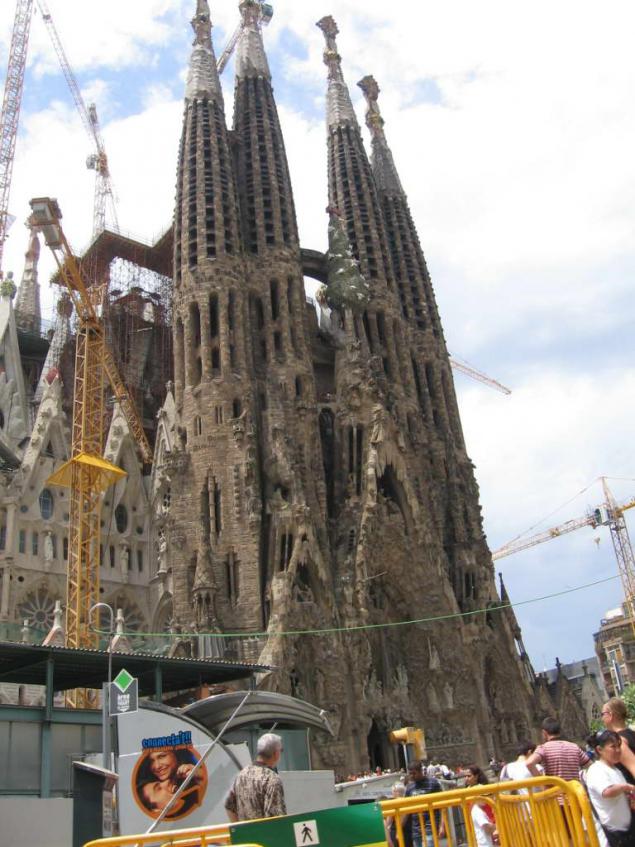
Gaudi, who at that time was only 31 years old, followed the ideas of Martorell. First start designing capitals, where Gaudí project changes del Villar, making capitals more alive through the game with direct sunlight. The first plans were approved by Gaudi in December 1884. It is an altar. Its construction was quick enough, so that the altar was ready for 19 March 1885. This is the first official day of the Mass. Then it came to the apse, where Gaudí saw the need to use partially Gothic project Villar.
Gaudí considered it important to calculate everything, down to the weight of individual pieces of stones. He conceived this church as impressive, surrounded by seven chapels with apses on the seven grieving. Opposite the altar planned large cruciform room with two doors opposite each other: one - dedicated to Christmas, and the other - the passion, and the planned three towers. Given the structure perpendicular to the temple, gets five towers and exit with a colossal monument, leading to the street Mallorca. The main chapel was considered de la Asuncion and temple possessed to a good church choir, since the idea was conceived to echo completely (more than a thousand votes).
On each facade designed by 4 towers and a total of 12, which are devoted to the apostles. In the center of the tower dedicated to the Lord Jesus Christ, which more than 170 m in height, and, of course, is the highest. Towers have a parabolic shape and inside - ladder. Gaudi spent several years studying the sounds of bells, to select the best.
At the entrance, named in honor of Christmas and patience, Gaudí decided to set the maximum number of sculptures, that being religious. This facade has three doors, dedicated Faith, Hope and Charity, and on the one that is dedicated to Mercy - written genealogical tree of Christ. There's also the signs of the zodiac in the order as they were on the day of the Nativity. Tower facade, dedicated to Christmas Gaudi finished one in 1918 and the other four - in 1926. Towers end terrazzo which Gaudí chose because it was the easiest. Facade of the Passion facade of the Nativity is opposite and has a clear and heavy line in order to emphasize the pain and sacrifice of Christ. Above the main entrance is the crucified Christ, and around - holy women. On this facade readable three Latin words: veritas, vita, and via, that means: Let the truth and the life (John). Between 1892 and 1917 to spend more study of this facade, but it was completed in 1978.
Sagrada Familia can be considered a Bible in stone, given the number of religious statues, beginning with Adam and Eve and ending with the Twelve Apostles. This monument serving textbook Catholic faith is not only a religious meaning, but also serves as a book of Gaudi as it is the most unconventional architectural thinking century, in which the architect has put himself and all his experience in this temple.
Sagrada Familia is still unfinished, and it is believed that every visitor, buying a ticket, contributes to the construction of this monument. And will he ever - ever finished? Perhaps it will know our children or grandchildren ... via /www.catalan.ru
2 ...
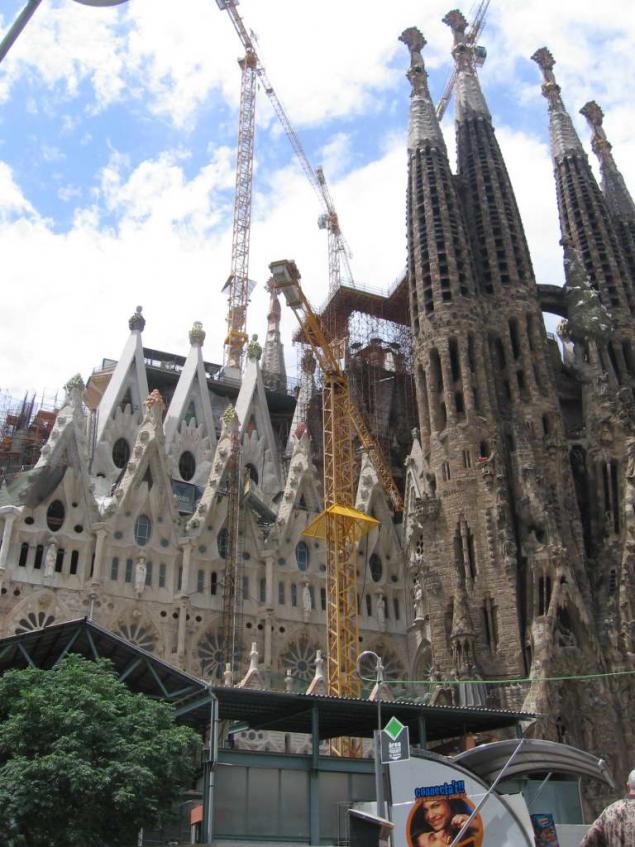
3 ...
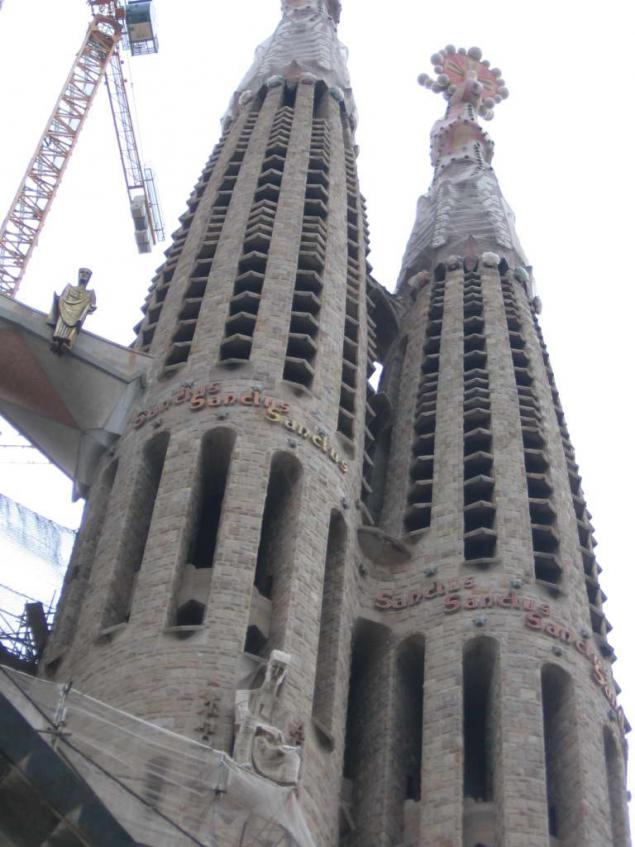
4 ...
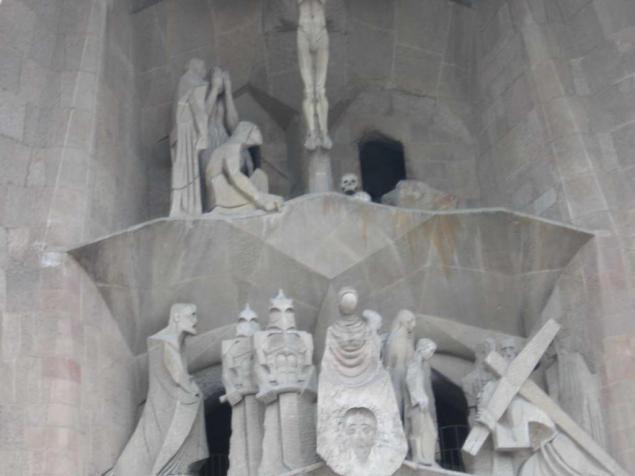
5 ...

6 ...
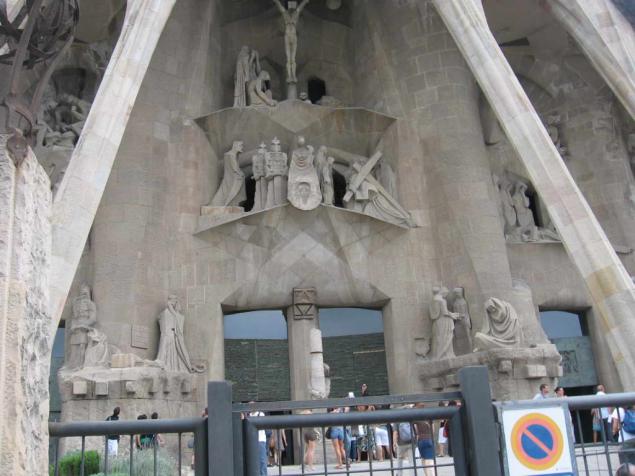
7 ...
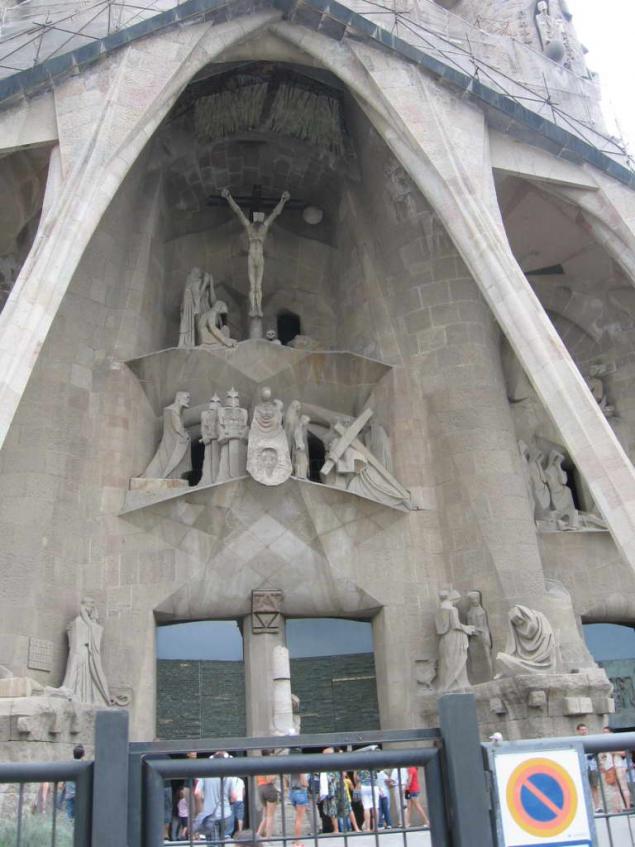
8 ...
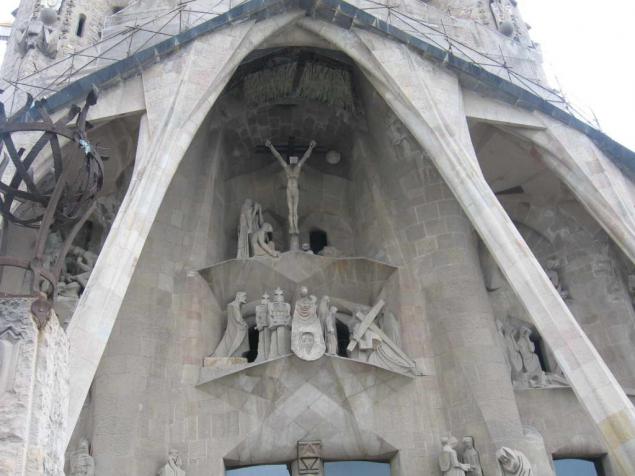
9 ...
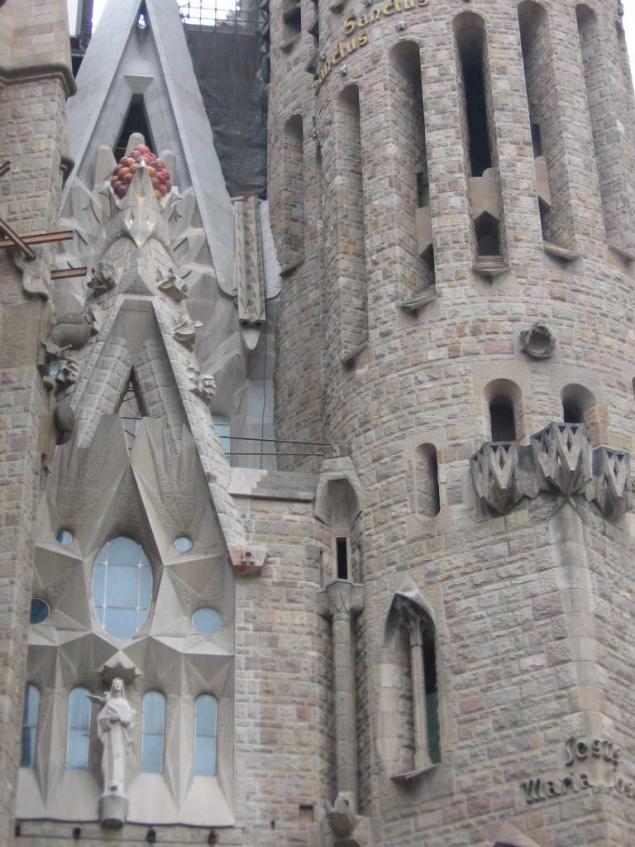
10 ...
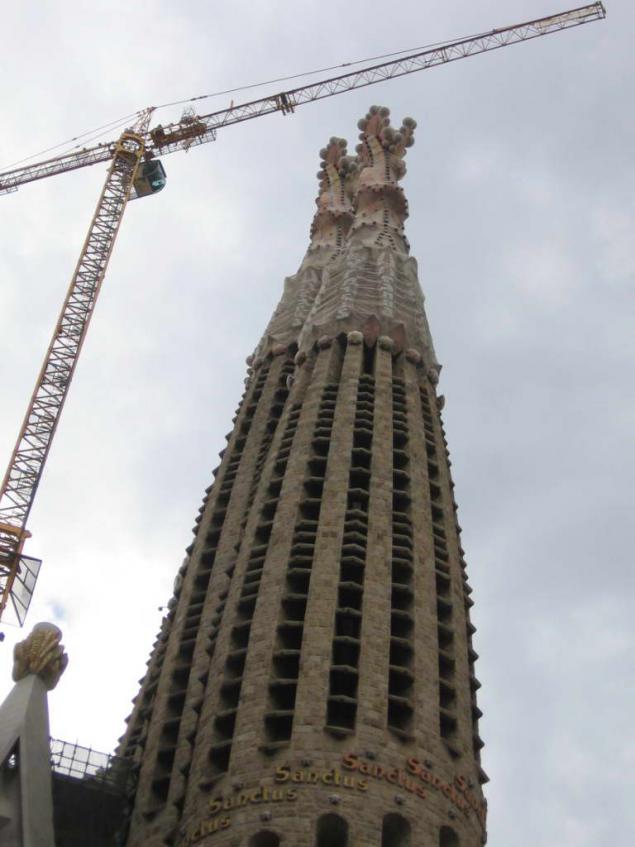
11 ...
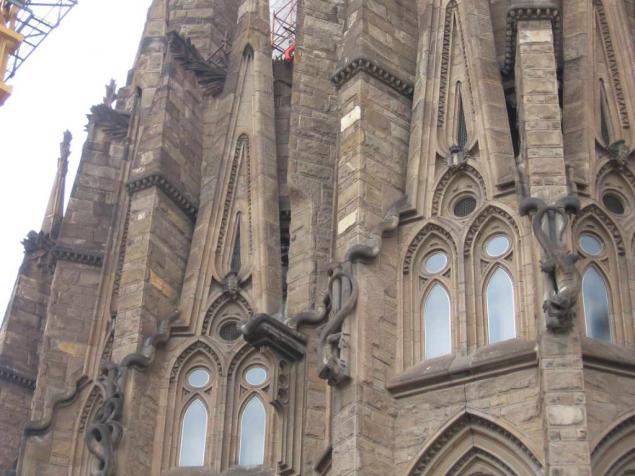
12 ...
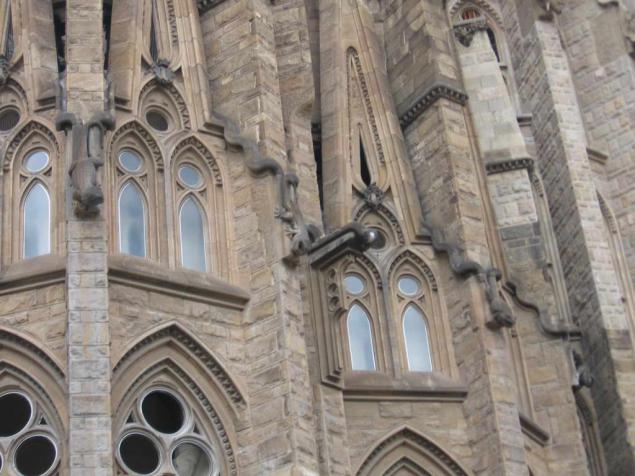
13 ...
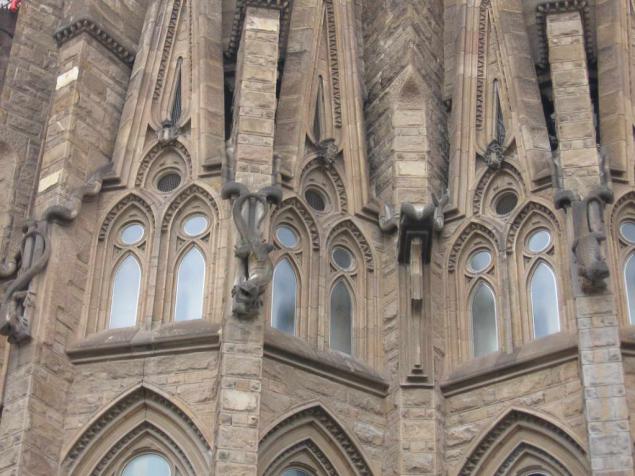
14 ...
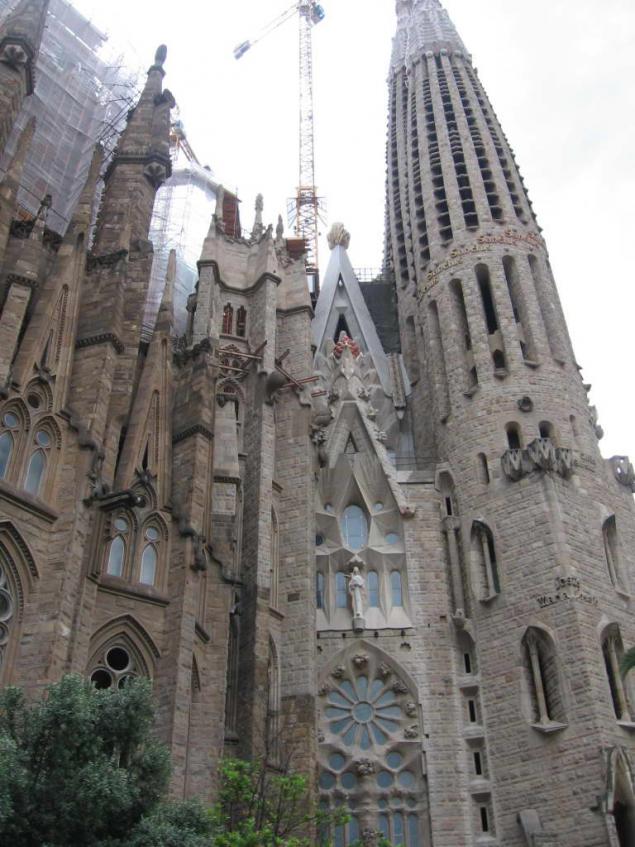
15 ...

16 ...
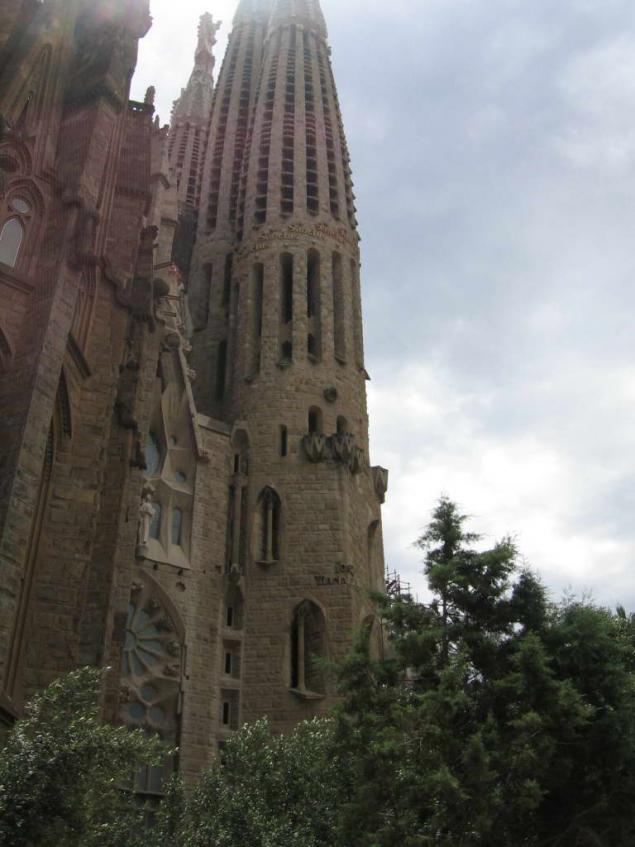
17 ...
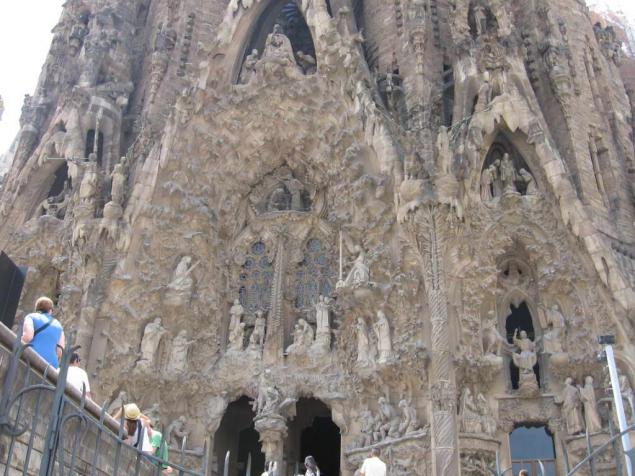
18 ...
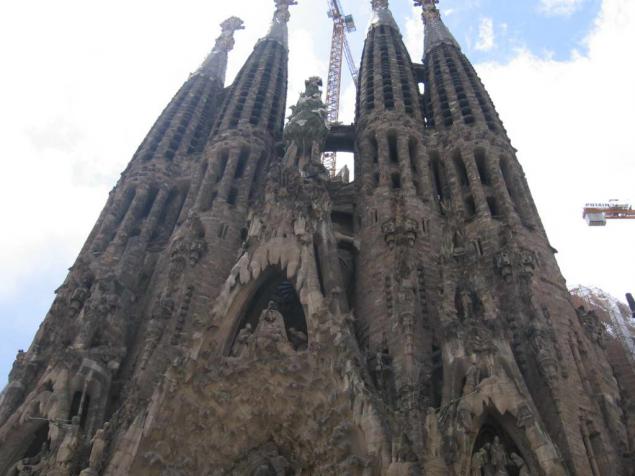
19 ...

20 ...
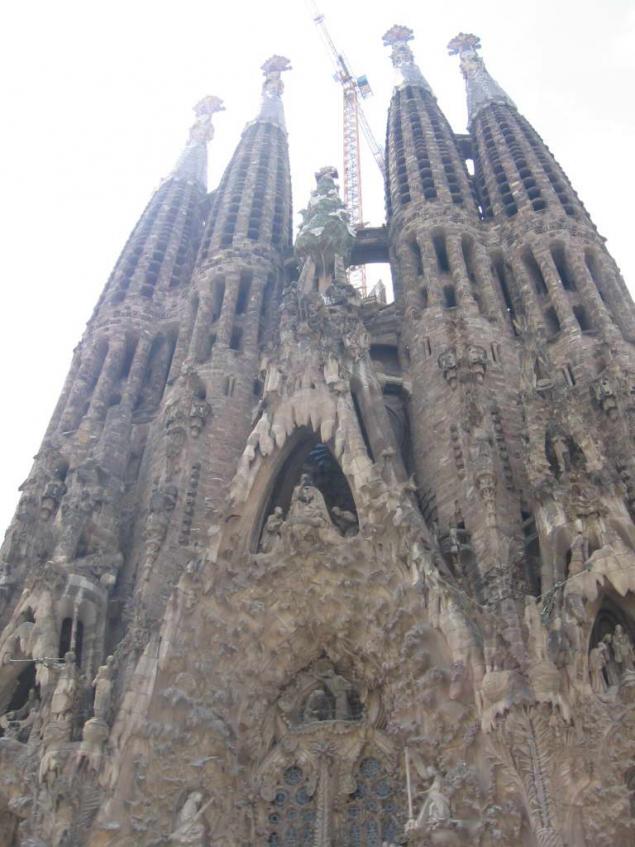
21 ...
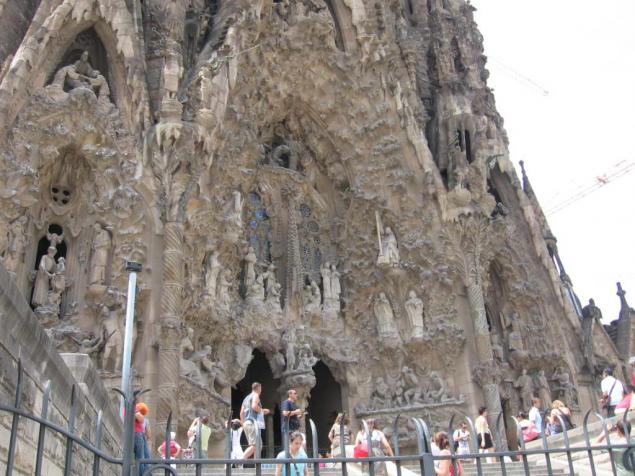
22 ...
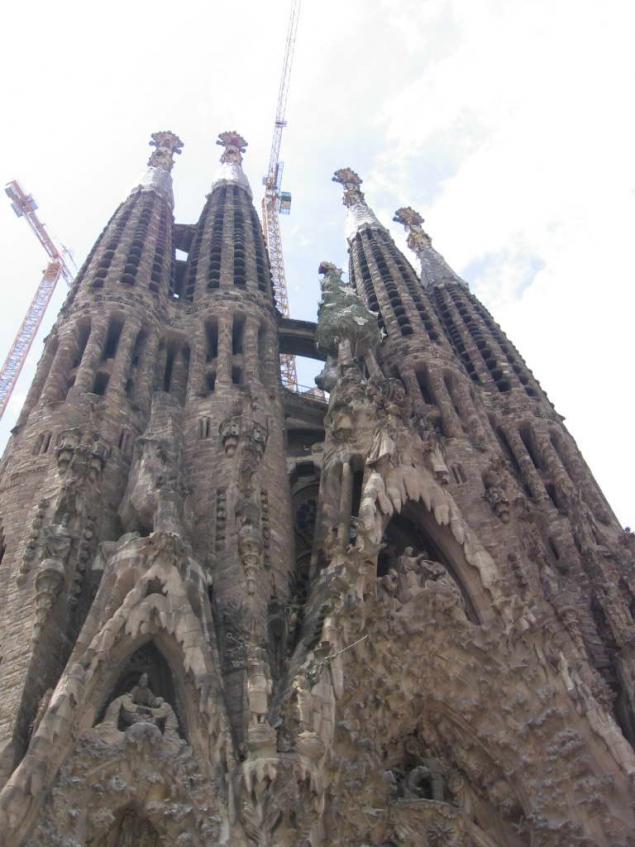
23 ...
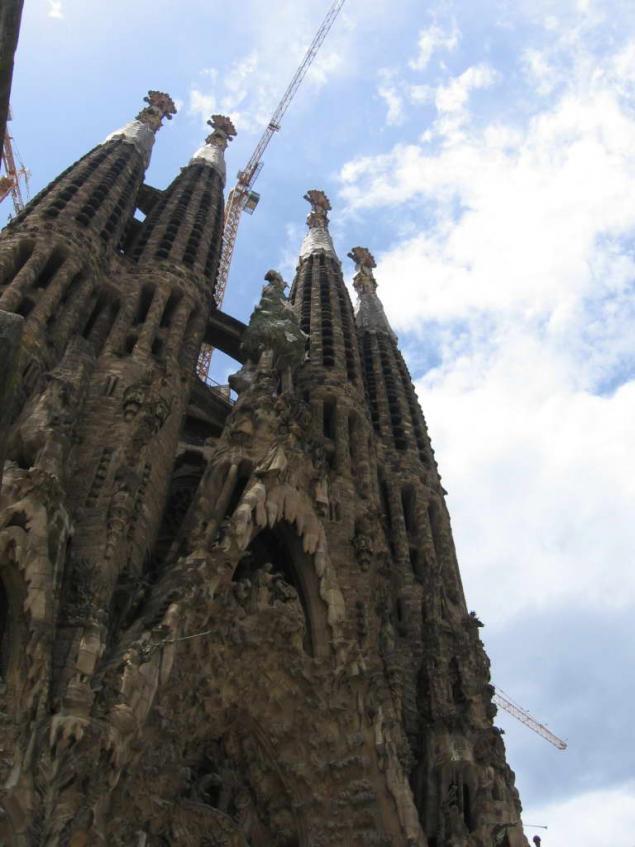
24 ...
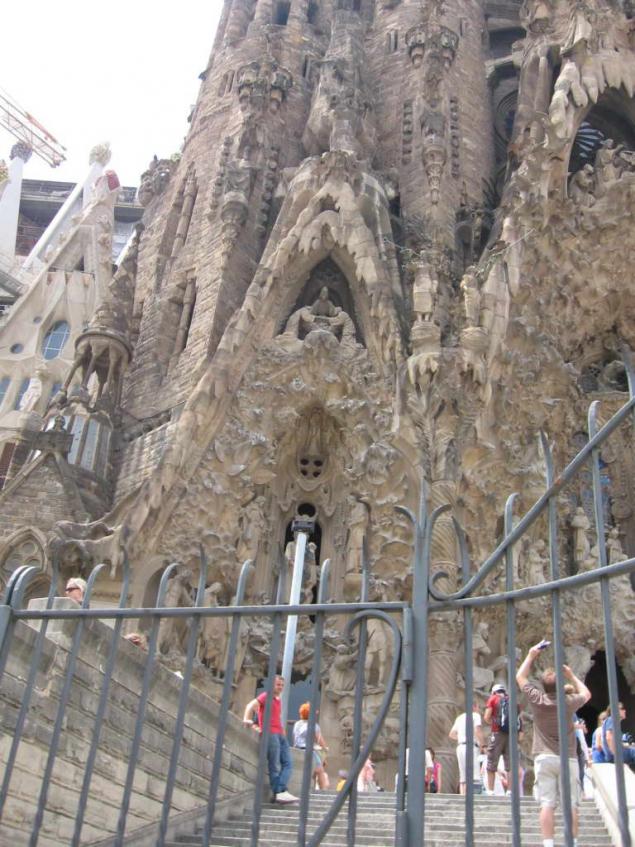
25 ...
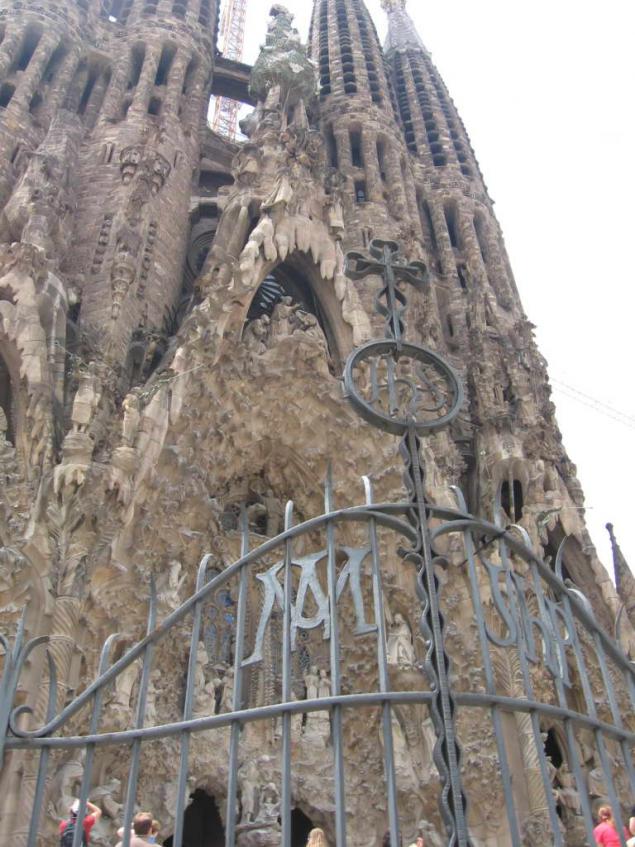
26 ...
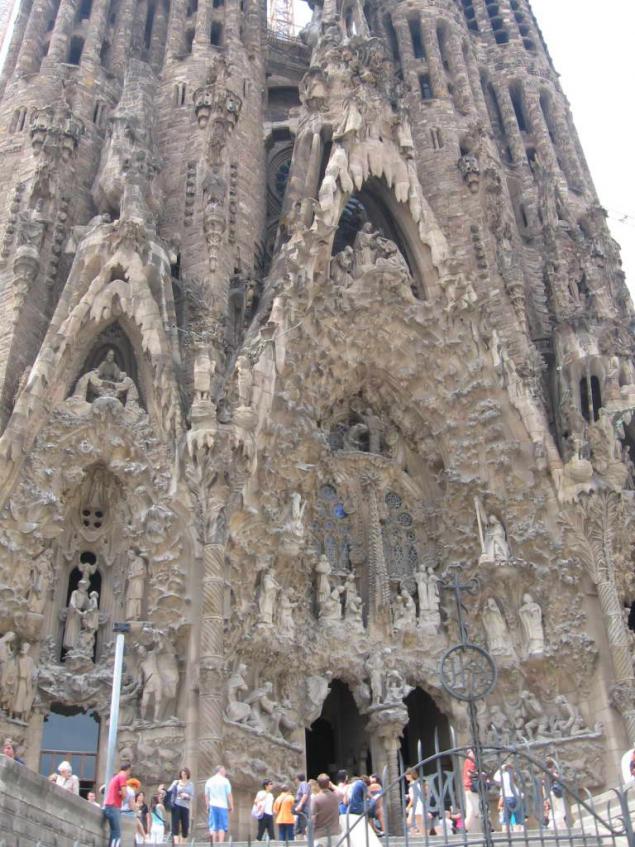
27 ...
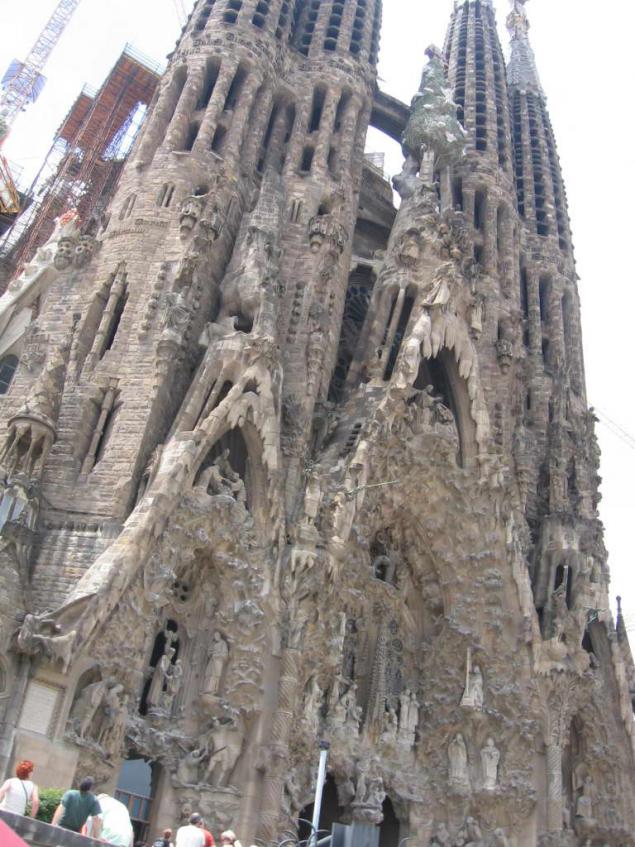
28 ...
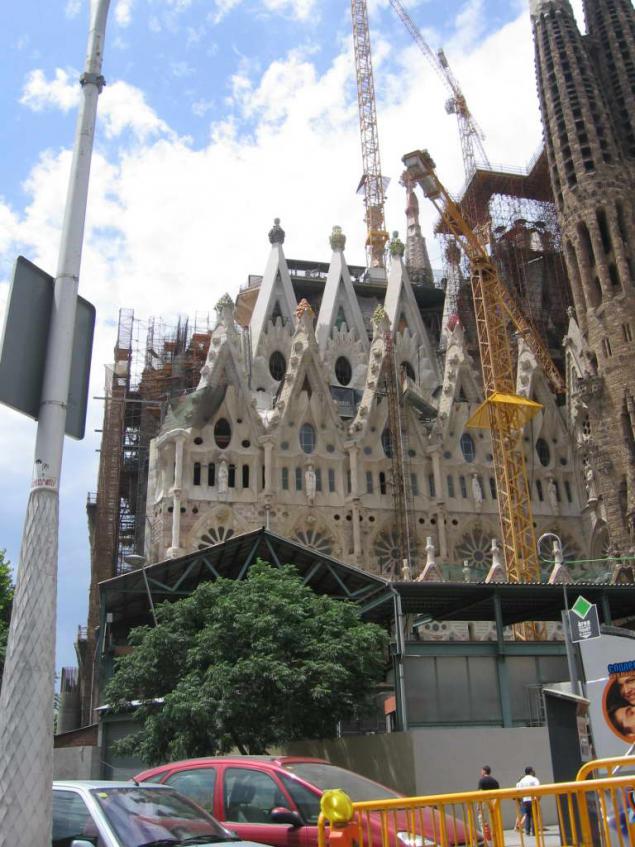
29 ...
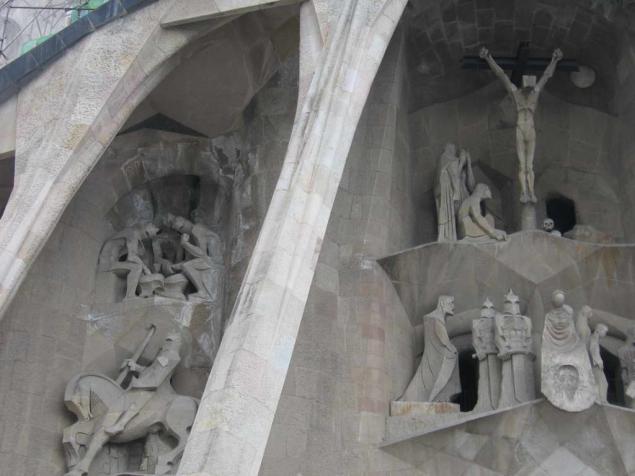
30 ...
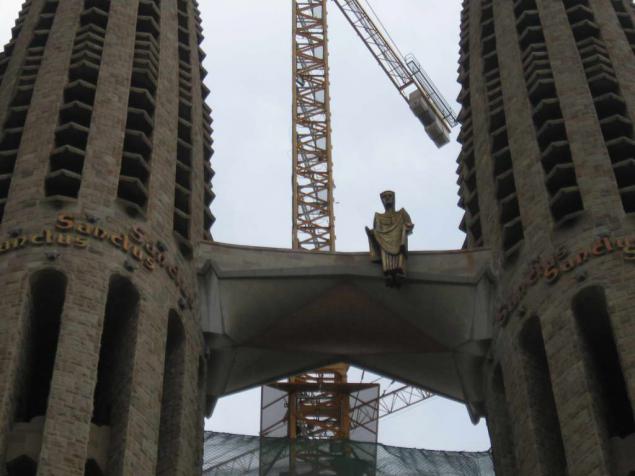
31 ...
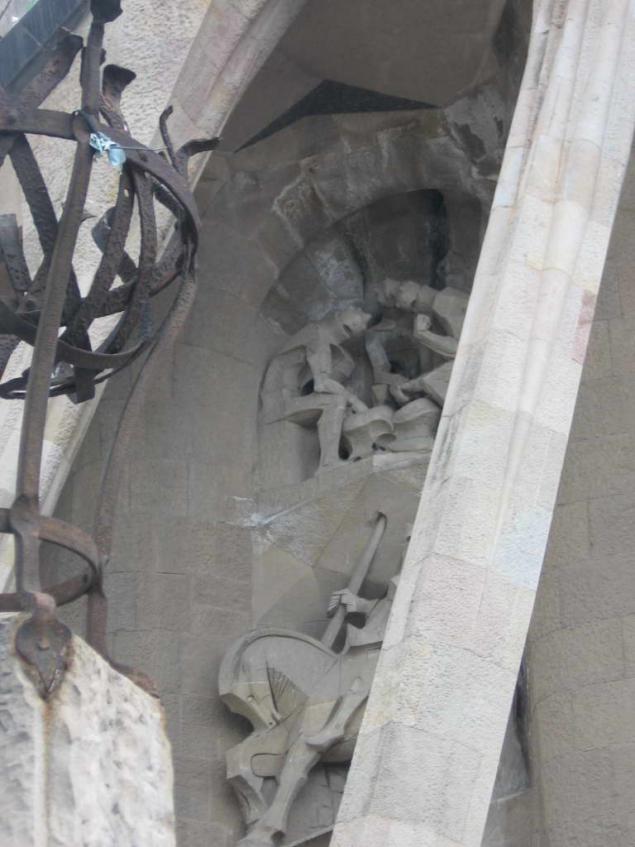
32 ...
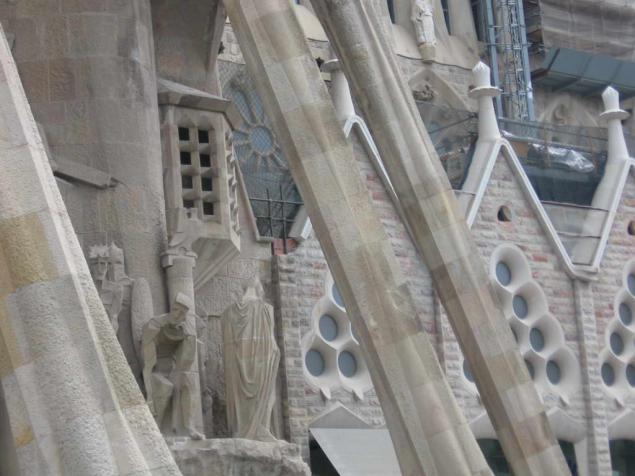
33 ...
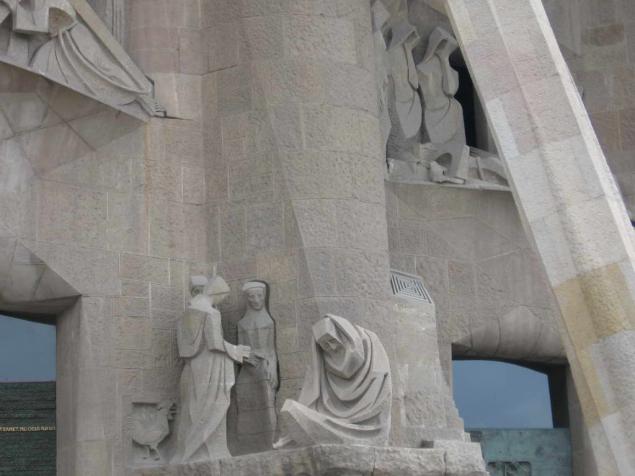
34 ...
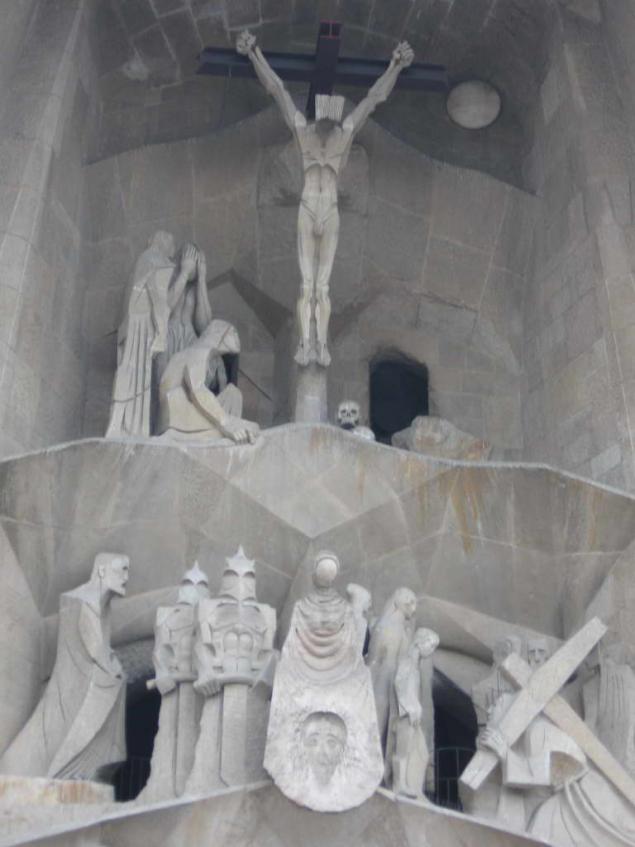
35 ...
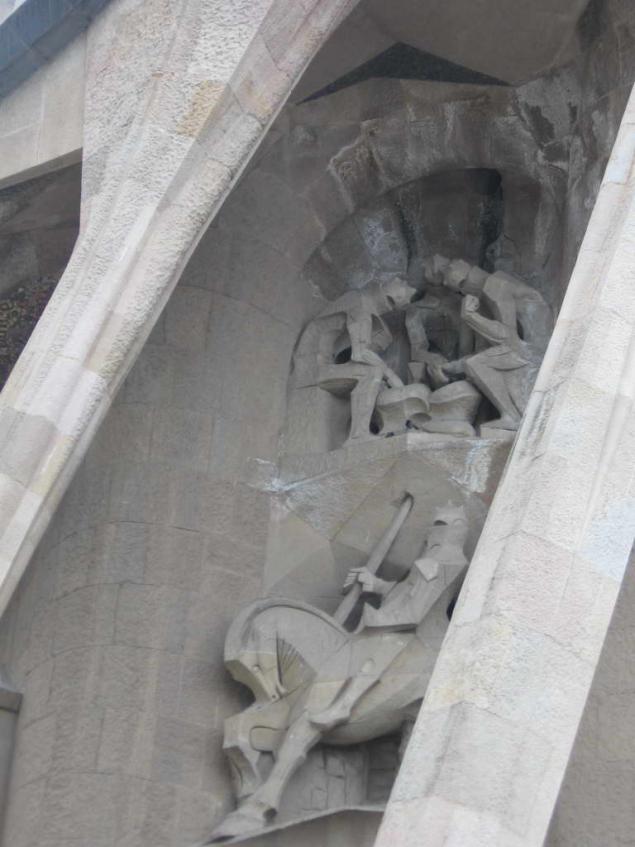
36 ...
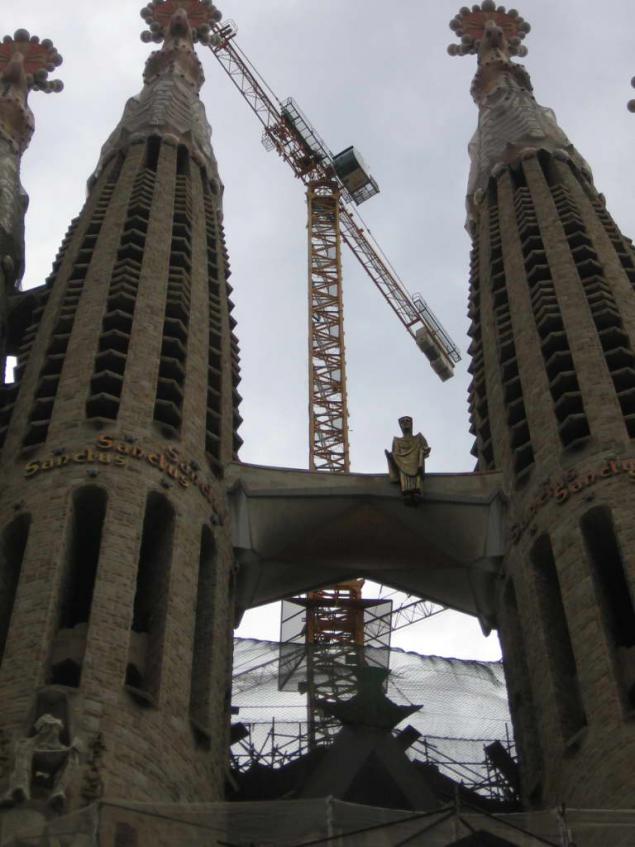
37 ...
Dobavleno1 in [mergetime] 1245428109 [/ mergetime]
I apologize for the quality, it seems overdone with compression.
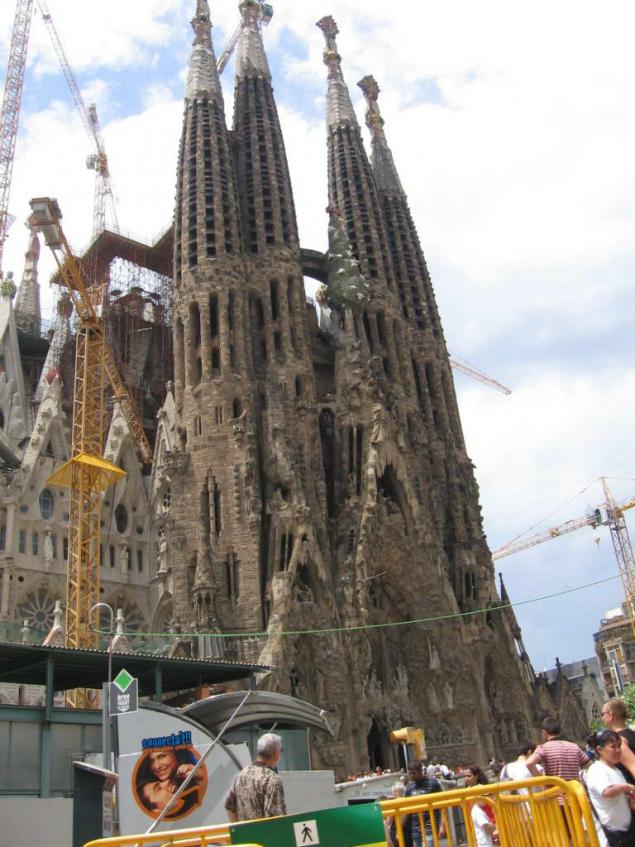
Sagrada Familia (1882 -?). Shrine of the Holy Family (Sagrada Familia) was the idea of a librarian Jose Maria Bokabelya, religious man, who in 1866 created the Association of Theological San Jose. This Association was aimed at reviving and strengthening the Catholic Church at a time when there was a threat of extinction of the Christian faith, by the industrial and social progress.
In 1872, Jose Maria Bokabelya had the idea to create a global Catholic church, as if in revenge industrial development. Further, since 1876, he started looking for a place to realize their ideas. In this project wanted to invest Duchesse de Almenara Alta, but she died, and before he could realize his spiritual impulse. From this point other than the seat and had to find another sponsor, in modern language.
I must say that the means of association were pretty scarce and not allowed to carry out this project. In 1877, the architect Francisco de Paula del Villar agreed to implement this idea for free. His idea was entirely Gothic Revival: the Church must consist of three towers, and itself - is built on a circular basis, for the sonorous echo.
March 19, 1882 was laid the first stone. Officially Gaudi was to manage the project March 18, 1883. A friend of Gaudí Gaudí project Martorell considered too expensive, and he sends a letter Bokabele, which says that Gaudi did not fit into the budget, but Bokabelo yet adopted the draft, believing that such an idea can not be cheap. Del Villar offended by Bokabelo since he offered his work for free, and took a draft of Gaudi.

Gaudi, who at that time was only 31 years old, followed the ideas of Martorell. First start designing capitals, where Gaudí project changes del Villar, making capitals more alive through the game with direct sunlight. The first plans were approved by Gaudi in December 1884. It is an altar. Its construction was quick enough, so that the altar was ready for 19 March 1885. This is the first official day of the Mass. Then it came to the apse, where Gaudí saw the need to use partially Gothic project Villar.
Gaudí considered it important to calculate everything, down to the weight of individual pieces of stones. He conceived this church as impressive, surrounded by seven chapels with apses on the seven grieving. Opposite the altar planned large cruciform room with two doors opposite each other: one - dedicated to Christmas, and the other - the passion, and the planned three towers. Given the structure perpendicular to the temple, gets five towers and exit with a colossal monument, leading to the street Mallorca. The main chapel was considered de la Asuncion and temple possessed to a good church choir, since the idea was conceived to echo completely (more than a thousand votes).
On each facade designed by 4 towers and a total of 12, which are devoted to the apostles. In the center of the tower dedicated to the Lord Jesus Christ, which more than 170 m in height, and, of course, is the highest. Towers have a parabolic shape and inside - ladder. Gaudi spent several years studying the sounds of bells, to select the best.
At the entrance, named in honor of Christmas and patience, Gaudí decided to set the maximum number of sculptures, that being religious. This facade has three doors, dedicated Faith, Hope and Charity, and on the one that is dedicated to Mercy - written genealogical tree of Christ. There's also the signs of the zodiac in the order as they were on the day of the Nativity. Tower facade, dedicated to Christmas Gaudi finished one in 1918 and the other four - in 1926. Towers end terrazzo which Gaudí chose because it was the easiest. Facade of the Passion facade of the Nativity is opposite and has a clear and heavy line in order to emphasize the pain and sacrifice of Christ. Above the main entrance is the crucified Christ, and around - holy women. On this facade readable three Latin words: veritas, vita, and via, that means: Let the truth and the life (John). Between 1892 and 1917 to spend more study of this facade, but it was completed in 1978.
Sagrada Familia can be considered a Bible in stone, given the number of religious statues, beginning with Adam and Eve and ending with the Twelve Apostles. This monument serving textbook Catholic faith is not only a religious meaning, but also serves as a book of Gaudi as it is the most unconventional architectural thinking century, in which the architect has put himself and all his experience in this temple.
Sagrada Familia is still unfinished, and it is believed that every visitor, buying a ticket, contributes to the construction of this monument. And will he ever - ever finished? Perhaps it will know our children or grandchildren ... via /www.catalan.ru
2 ...

3 ...

4 ...

5 ...

6 ...

7 ...

8 ...

9 ...

10 ...

11 ...

12 ...

13 ...

14 ...

15 ...

16 ...

17 ...

18 ...

19 ...

20 ...

21 ...

22 ...

23 ...

24 ...

25 ...

26 ...

27 ...

28 ...

29 ...

30 ...

31 ...

32 ...

33 ...

34 ...

35 ...

36 ...

37 ...
Dobavleno1 in [mergetime] 1245428109 [/ mergetime]
I apologize for the quality, it seems overdone with compression.


